
TechWeb by / Xin Kayi
Recently, the vivo X100 series was launched at the National Aquatics Center. The newly released vivo X100 series includes two models: the X100 and X100 Pro. These two models are the first smartphones in the world to feature the Dimensity 9300 chip.
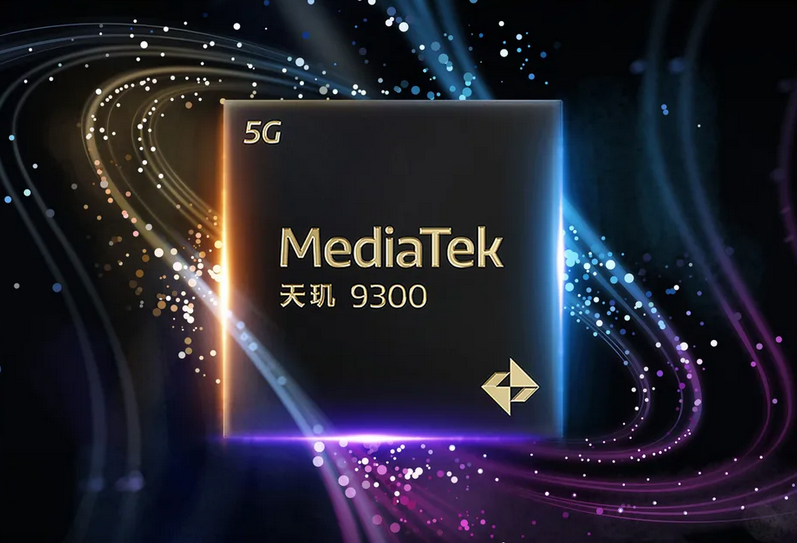
The Dimensity 9300 is designed by the well-known Chinese chip design company MediaTek and manufactured by the renowned Chinese chip manufacturer TSMC. So, how does this newly released domestic 4nm mobile SoC chip perform?
 “Full Big Core CPU Architecture”
“Full Big Core CPU Architecture”
Generally, Android smartphones’ CPUs often adopt a “little core” (efficiency core) + “big core” + “super big core” architecture to adapt to different usage scenarios. However, the Dimensity 9300 adopts a “full big core” CPU architecture.
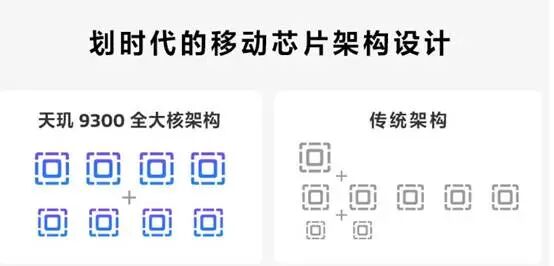
According to MediaTek’s official introduction, the Dimensity 9300 includes four Cortex-X4 super big cores with a maximum frequency of 3.25 GHz, and four Cortex-A720 big cores with a frequency of 2.0 GHz.
According to AnTuTu’s test data, the CPU part of the Dimensity 9300 consists of one 3.25GHz Cortex-X4, three 2.85GHz Cortex-X4, and four 2GHz Cortex-A720. This means that the Dimensity 9300 uses (1+3) Cortex-X4 as “performance cores” and four Cortex-A720 as “efficiency cores”.
The final result is a peak performance increase of 40% compared to the previous generation, with a power consumption reduction of 33%. The full big core architecture operates quickly and efficiently, exhibiting high energy efficiency characteristics, which can reduce power consumption and extend battery life in both light and heavy load application scenarios. The strong multi-threading performance of the full big core architecture allows for smoother multitasking on the device, such as gaming and live streaming simultaneously, or playing videos while gaming.
In contrast, the Dimensity 9300’s competitor, the Qualcomm Snapdragon 8 Gen3, adopts a relatively traditional 1+3+2+2 architecture, or 1+(3+2)+2 architecture. Specifically, it consists of one 3.3GHz Cortex-X4, three 3.2GHz Cortex-A720, two 3.0GHz Cortex-A720, and two 2.3GHz Cortex-A520.
Therefore, based on the paper data, the multi-core performance of the Dimensity 9300 should be stronger than that of the Snapdragon 8 Gen3, but its single-core performance is likely weaker.
 GPU
GPU
In terms of GPU, the Dimensity 9300 features the new generation flagship 12-core GPU Immortalis-G720, which has a peak performance increase of 46% compared to the previous generation, with a 40% reduction in power consumption at the same performance level. Additionally, the Dimensity 9300 is equipped with MediaTek’s second-generation hardware ray tracing engine, supporting 60FPS high smoothness ray tracing and providing console-level global illumination effects.
On the other hand, the Qualcomm Snapdragon 8 Gen3 uses the self-developed Adreno 750. The new generation Adreno 750 GPU has a 25% performance improvement and a 25% efficiency improvement compared to the previous generation. Furthermore, through the Adreno Frame Motion Engine 2.0 frame generation algorithm, it supports 240FPS high frame rates, promising to elevate the smoothness of mainstream gaming to new heights.
Based on the current data, the Qualcomm’s Adreno 750 is unlikely to outperform ARM’s Immortalis-G720 in terms of GPU performance. Therefore, in terms of gaming experience, the Dimensity 9300 should still be superior to the Qualcomm Snapdragon 8 Gen3.
 Other Aspects
Other Aspects
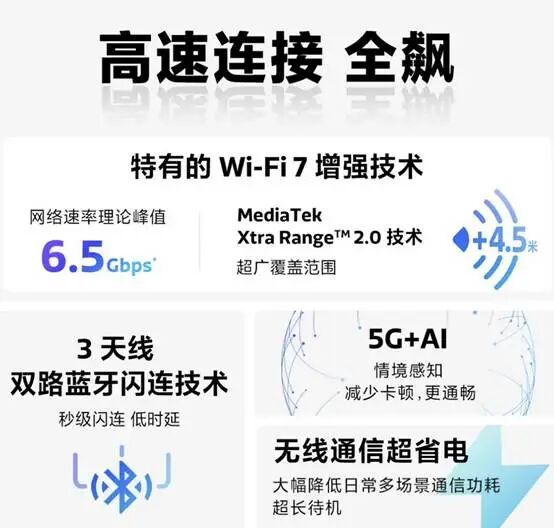
Communication and Wireless Connectivity: The Dimensity 9300 integrates a 5G modem, supporting Sub-6GHz four-carrier aggregation (4CC-CA) and multi-mode dual SIM dual standby, equipped with MediaTek’s 5G UltraSave 3.0+ power-saving technology, significantly reducing 5G communication power consumption. The Dimensity 9300 supports Wi-Fi 7, with a maximum theoretical peak rate of up to 6.5Gbps, and features MediaTek’s unique Wi-Fi 7 enhancement technology, which, through MediaTek’s Xtra Range™ 2.0 technology, increases indoor coverage by 4.5 meters and significantly enhances data transfer speeds between devices, free from interference. The Dimensity 9300 can support up to three Bluetooth antennas, with a unique dual-path Bluetooth fast connection technology that provides an ultra-low latency Bluetooth audio experience.
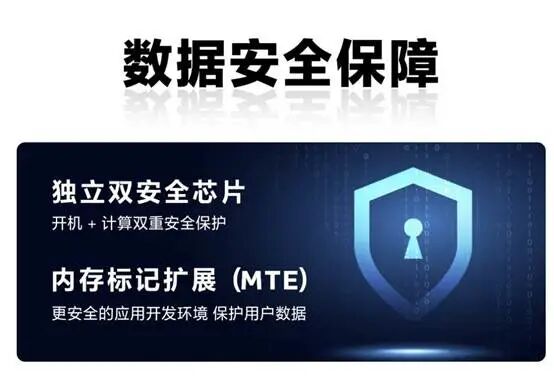
Data Security Chip: The Dimensity 9300 integrates dual security chips, with a dedicated security chip that employs advanced user data security design, capable of protecting personal privacy from the boot source, while providing a physically isolated computing environment, making encryption and decryption operations of personal data more secure.
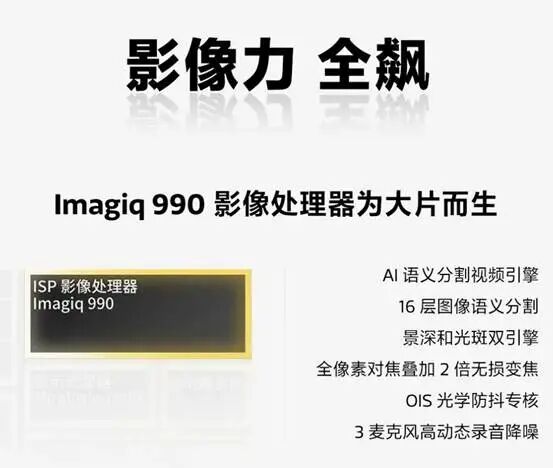
ISP: The Dimensity 9300 is equipped with a flagship ISP image processor Imagiq 990, supporting AI semantic segmentation video engine, capable of performing 16 layers of image semantic segmentation, optimizing the captured image’s color, texture, noise, and brightness in real-time frame by frame, resulting in brighter, sharper, and more detailed video recordings. With the upgraded depth of field and bokeh dual engine, the Dimensity 9300 can present cinematic light and shadow effects during 4K video recording. This chip also integrates an OIS optical stabilization core, significantly improving stabilization computation speed and success rate, allowing for quick capture of high-definition images in motion scenes and low-light environments. Additionally, the Dimensity 9300 supports full-pixel focus with 2x lossless zoom functionality.

Mobile Display Processor: The Dimensity 9300 integrates MediaTek’s MiraVision 990 mobile display processor, supporting 180Hz WQHD and 120Hz 4K displays, as well as dual-screen display for foldable devices. It features a flagship smart TV-level AI depth quality engine, combined with the powerful AI performance of APU 790, capable of real-time detection of main objects and background images, along with MediaTek’s MiraVision PQ image quality enhancement technology, dynamically adjusting the contrast, sharpness, and color of the main objects, enhancing the overall image’s three-dimensionality, making the visuals more vivid. Additionally, the Dimensity 9300 supports the new Ultra HDR format in Android 14, allowing photos to appear more vibrant and compatible with JPEG format.
—【 THE END 】—Previous Exciting Articles Review: 丨Is Alibaba About to Lay Off 25,000 Employees? Alibaba Denies: False
丨Is Alibaba About to Lay Off 25,000 Employees? Alibaba Denies: False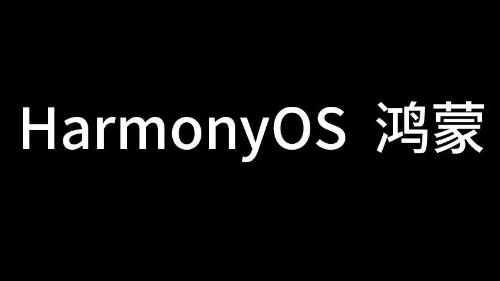 丨The Acceleration of the Split Between HarmonyOS and Android: Ecological Construction is the Key to Success
丨The Acceleration of the Split Between HarmonyOS and Android: Ecological Construction is the Key to Success
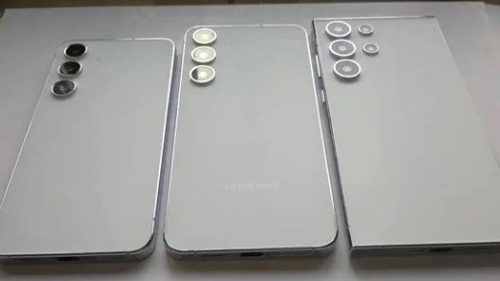
丨Samsung Galaxy S24 Model Hands-On: The Most Compact Snapdragon 8 Gen3 Small Screen Flagship!